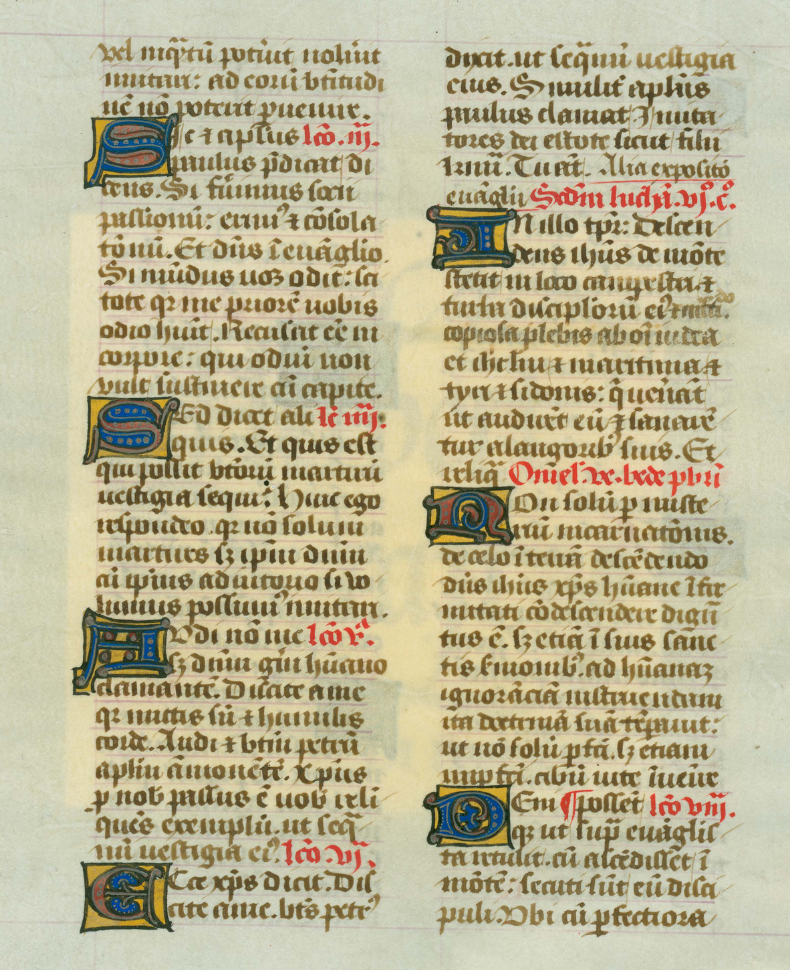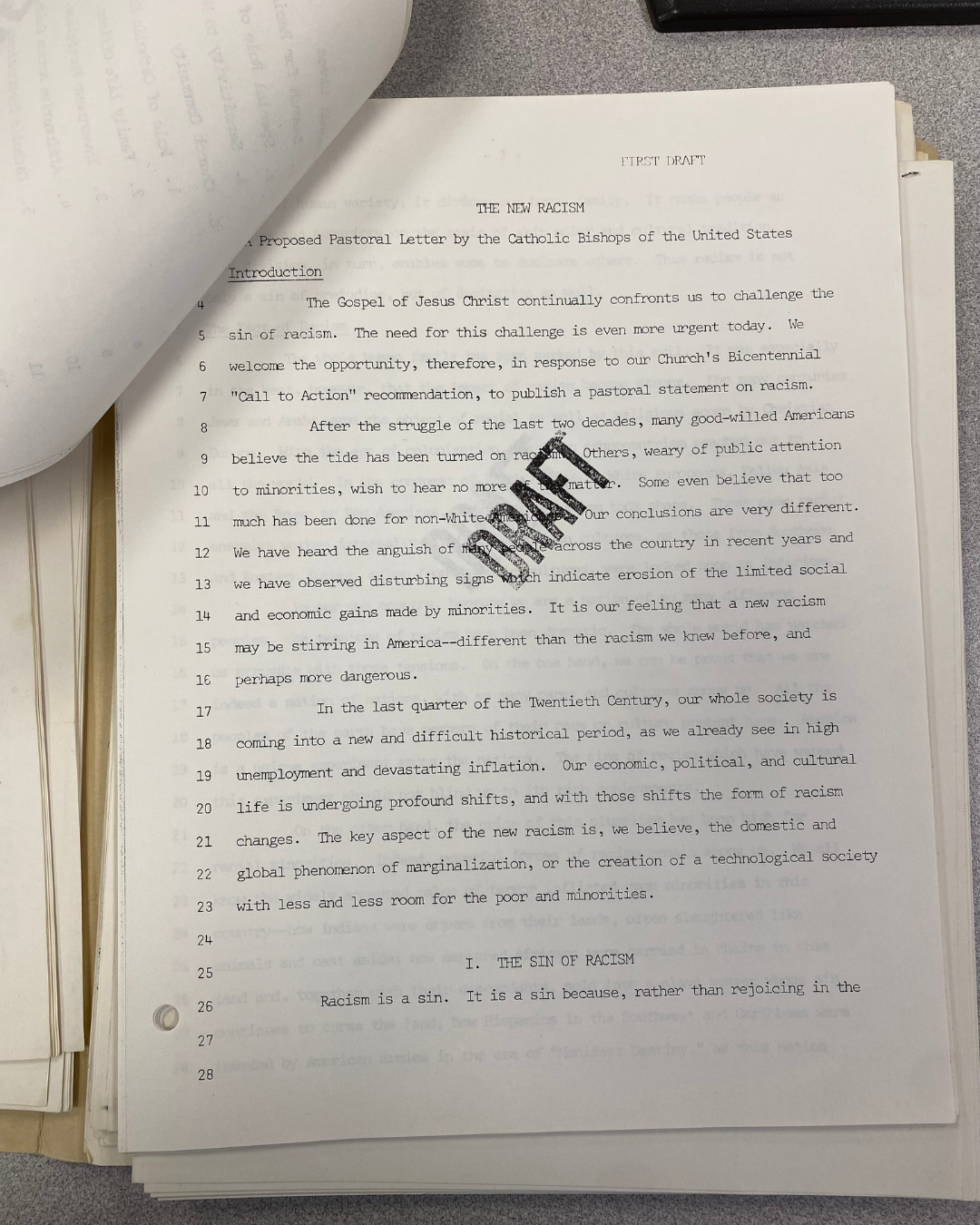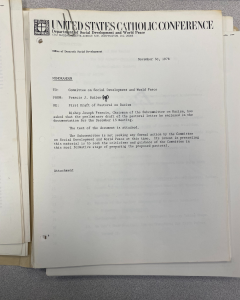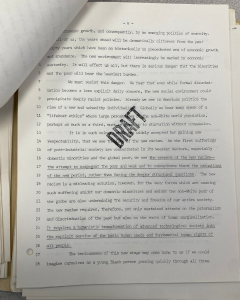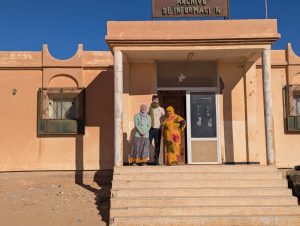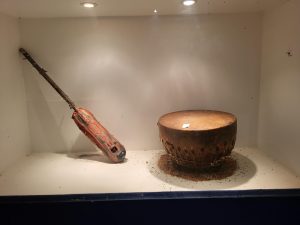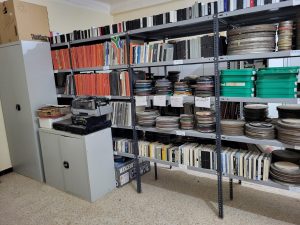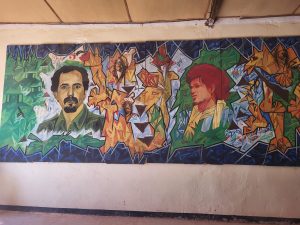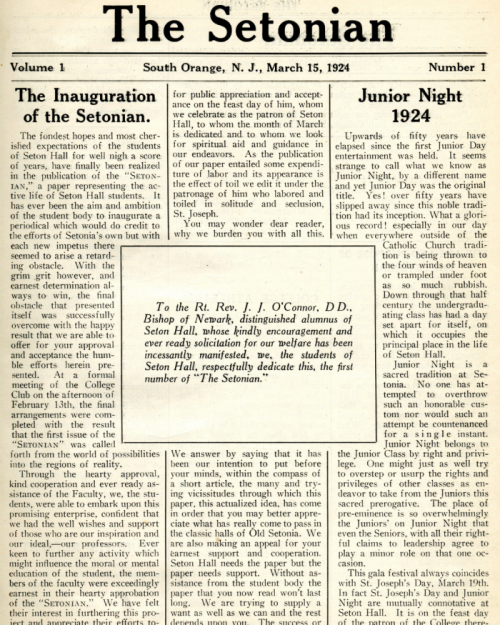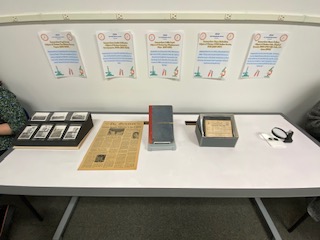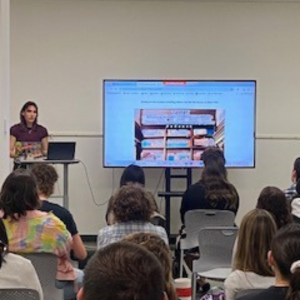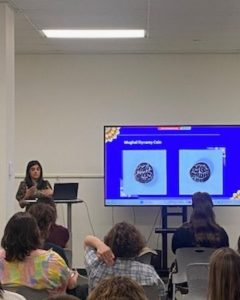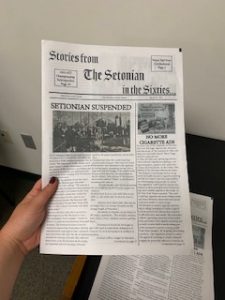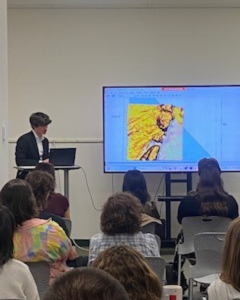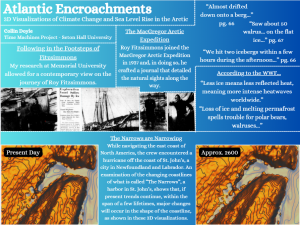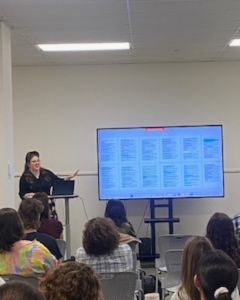At this year’s Petershiem Academic Exposition, students participating in the Archives’ Time Machine Project got the chance to present their research they have been working on all year.
The Time Machines Project, now in its second year, offers up to 5 undergraduate students the chance to explore a wide variety of materials– including objects, rare books, periodicals, manuscripts, prints, clothing, relics, paintings, pottery, tools, and more– to create projects that showcase the importance, relevance, and appeal of these materials using contemporary media. Throughout the process, participants collaborate closely with Archives and Special Collections staff as well as a faculty mentor, refining their research and analytical skills while gaining foundational knowledge in archival practices and procedures.
Congrats to these students on their hard work and a job well done! Continue reading below for each student’s proposal:
Jacob Mudd:
Jacob Mudd is a sophomore Creative Writing and Visual and Sound Media double major with a minor in English. His project is inspired by Robert Burton’s Anatomy of Melancholy, looking at the role magic played in medicine in the late medieval early Renaissance periods. It includes a creative grimoire that contains a variety of medieval illnesses and their magical cures and is accompanied by a paper that looks at answering the question of whether it would be moral to use magic in medicine from the perspective of someone living during that time.
Mickey O’Brien:
Mickey O’Brien is a senior communications major. His project was to transcribe a recording the Walsh library had of Kenneth Burke, an important communications theorist and rhetorician, speaking at Seton Hall in the 1980s. A call was made by the Kenneth Burke society to see what’s on this tape, so his research is fulfilling that call. He also planned on discussing the findings on the tape with Burke experts on campus, Dr. Radwan, Dr. Kimble and Dean Crable.
Wania Shabee:
Wania Shabee is in her second semester here at Seton Hall University who is pursuing a degree in Biology. Her project for time machines is based on Dr. Francis Monroe Hammond’s papers, who was able to pioneer Minority Academics, especially in a time in America with such great civil distress. Wania created a written piece that focuses on the life and accomplishments of Dr. Francis Monroe, which primarily focuses on his contributions to academia, diplomacy, racial injustice, and improving intercultural, and interregional connections. The format of this written piece is structured as an academic paper, which includes a thorough examination of the life of Dr. Hammond’s career including historical, social, and political elements.
Olivia Pasciucco:
Olivia Pasciucco is a senior History major and Russian & East European Studies minor. She will be graduating this May and aspires to have a career in Museum Education. Olivia’s Time Machines project is: The Sicilian Carretto: A Moving Canvas of Heritage and Storytelling. It is a YouTube video about the Sicilian carretto, what it is, historical background, and cultural significance. For the sake of this presentation, Olivia has provided a PowerPoint presentation for everyone today.
Max Kastner:
Max Kastner is a sophomore majoring in Social & Behavioral Sciences and Modern Languages. Utilizing archival copies of Seton Hall’s student newspaper, The Setonian, their project focuses on Seton Hall’s reaction to 9/11 as a Catholic Institution of Higher Education.
You will be able to view this year’s and last year’s submissions with the link here.

